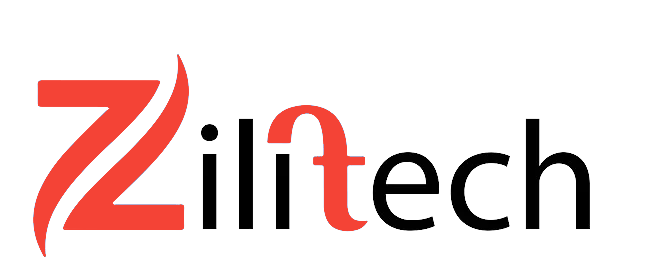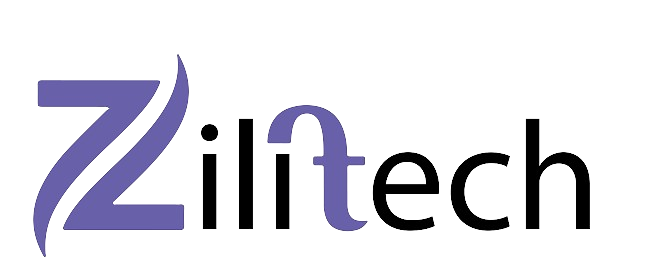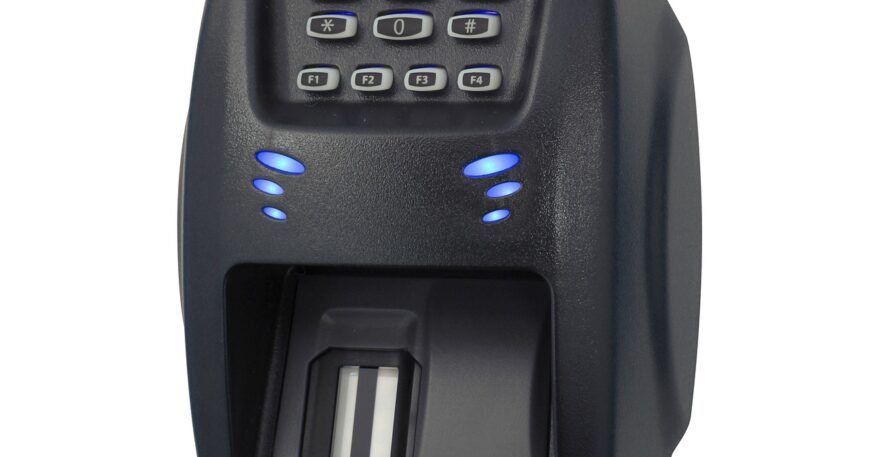Introduction
Welcome to the future of workplace efficiency! Imagine a world where attendance management is as easy as a touch or a glance. No more swiping cards, punching timesheets, or dealing with the hassles of traditional attendance tracking. That’s where biometric attendance management comes in—a cutting-edge solution that’s revolutionizing the way we handle time and attendance.
Why does this matter? Well, accurate attendance management is crucial for any organization, large or small. It ensures that employees are paid fairly, compliance is maintained, and operational efficiency is maximized. So, let’s dive into the fascinating world of biometric attendance management and explore its myriad benefits.
What is Biometric Attendance Management?
Definition and Explanation
Biometric attendance management utilizes unique biological traits—such as fingerprints, facial features, or even iris patterns—to identify and track individuals. These systems replace traditional methods like punch cards or login systems, providing a more secure and efficient way to record attendance.
How It Works
Biometric systems work by capturing a biometric sample from an individual and converting it into a digital format. This digital data is then compared against stored templates in a database to verify identity. If there’s a match, the system records the attendance event. Simple, secure, and swift!
Types of Biometric Systems
Fingerprint Recognition
One of the most common types, fingerprint recognition, involves scanning an individual’s fingerprint and comparing it to a pre-stored template. It’s widely used due to its balance of accuracy and affordability.
Facial Recognition
Facial recognition systems use unique facial features to identify individuals. This type is often favored in environments where hands-free operation is essential or where fingerprint scanners might be inconvenient.
Iris Recognition
Iris recognition scans the unique patterns in the colored ring of the eye. It’s highly accurate and is often used in high-security environments where maximum precision is required.
Voice Recognition
Voice recognition systems analyze vocal characteristics to identify individuals. While less common, they are used in situations where other biometric methods might not be practical.
Advantages Over Traditional Attendance Systems
Accuracy and Reliability
Biometric systems offer unparalleled accuracy. Unlike traditional methods, they are immune to common errors such as lost cards or forgotten passwords. Why settle for less when you can have precision?
Security Benefits
With biometric systems, the risk of buddy punching or fraudulent attendance records is significantly reduced. Each entry is unique to the individual, making the system far more secure than traditional methods.
Time-Saving Aspects
Biometric systems streamline the process of clocking in and out, saving valuable time for both employees and administrators. The quick verification process ensures no long queues or delays.
Enhanced Accuracy in Tracking Attendance
Reducing Human Error
Manual data entry is prone to mistakes. Biometric systems eliminate this risk by automating the process, ensuring that records are accurate and up-to-date.
Real-Time Data Processing
Biometric attendance systems offer real-time tracking and data processing. This means managers can view attendance data instantly, allowing for better decision-making and quick response to any issues.
Case Studies: Accuracy Improvements
Numerous organizations have reported significant improvements in attendance accuracy after switching to biometric systems. For example, a large manufacturing firm reduced payroll errors by 30% within six months of implementation.
Boosting Security
Eliminating Buddy Punching
Buddy punching—where one employee clocks in for another—is a common issue with traditional systems. Biometric systems make this virtually impossible, as they require the presence of the individual being recorded.
Reducing Fraudulent Attendance
Biometric systems also curtail fraudulent attendance practices. Whether it’s time theft or manipulating attendance records, the unique identification methods used by biometric systems ensure that only authorized individuals can record their attendance.
Integration with Access Control
Many biometric systems can integrate with access control systems, adding an extra layer of security. This integration ensures that only authorized personnel can enter certain areas, further enhancing workplace security.
Streamlining Payroll Processing
Automating Timesheets
Biometric systems can automatically generate timesheets based on recorded attendance data. This automation reduces administrative work and ensures that payroll is accurate and timely.
Accurate Overtime Calculations
Accurately tracking overtime can be a headache with traditional methods. Biometric systems provide precise data on work hours, making it easier to calculate overtime and avoid disputes.
Integration with Payroll Software
Many biometric systems offer seamless integration with payroll software, ensuring that data flows smoothly from attendance tracking to payroll processing. This integration minimizes errors and saves time.
Improving Employee Accountability
Transparent Record-Keeping
Biometric systems create a transparent record of attendance, making it easy to monitor who was present and when. This transparency helps in resolving disputes and ensuring compliance with attendance policies.
Encouraging Punctuality
Knowing that their attendance is accurately recorded, employees are more likely to be punctual and adhere to their schedules. This can lead to improved productivity and a more disciplined work environment.
Monitoring Attendance Trends
Biometric systems provide valuable insights into attendance patterns. Managers can use this data to identify trends, address issues, and plan staffing more effectively.
Cost Efficiency
Reducing Administrative Costs
By automating attendance tracking and payroll processing, biometric systems reduce the need for manual intervention and the associated administrative costs.
Minimizing Paper Usage
Traditional attendance systems often involve significant paperwork. Biometric systems eliminate the need for paper records, contributing to cost savings and environmental benefits.
Long-Term Financial Benefits
While the initial investment in biometric systems can be significant, the long-term savings on administrative costs, error reduction, and improved efficiency can result in substantial financial benefits for organizations.
User Experience and Employee Acceptance
Ease of Use
Modern biometric systems are designed with user-friendliness in mind. They often feature intuitive interfaces and straightforward operation, making them easy for employees to use.
Employee Training
Most biometric systems require minimal training. However, organizations should ensure that employees are comfortable with the technology and understand how to use it effectively.
Addressing Privacy Concerns
Biometric systems must handle sensitive data responsibly. It’s essential to communicate clearly about how biometric data will be used and stored to address any privacy concerns employees might have.
Data Management and Reporting
Comprehensive Reporting Tools
Biometric systems come equipped with robust reporting tools, allowing managers to generate detailed attendance reports. These reports can be customized to meet the specific needs of the organization.
Customizable Data Analysis
Organizations can analyze biometric attendance data to gain insights into employee behavior and attendance trends. This analysis can inform strategic decisions and improve overall workforce management.
Compliance with Labor Laws
Biometric systems can help organizations comply with labor laws by providing accurate attendance records. This compliance is crucial for avoiding legal issues and maintaining a fair workplace.
Scalability and Flexibility
Adapting to Different Business Sizes
Whether a small business or a large corporation, biometric systems can be scaled to fit the needs of any organization. Their flexibility makes them suitable for various business environments.
Integration with Other Systems
Biometric systems can integrate with existing HR and payroll systems, creating a cohesive ecosystem for managing workforce data. This integration enhances the overall efficiency of organizational processes.
Future-Proof Technology
As technology evolves, biometric systems continue to advance. Investing in a biometric system ensures that an organization is prepared for future technological developments and can adapt to new challenges.
Environmental Impact
Reducing Paper Waste
By eliminating the need for paper-based attendance tracking, biometric systems contribute to reducing paper waste and promoting eco-friendly practices.
Lowering Carbon Footprint
Biometric systems also reduce the energy and resources required for traditional attendance management processes, thus lowering the overall carbon footprint of an organization.
Promoting Green Practices
Adopting biometric systems aligns with green practices and sustainability goals, reflecting a commitment to environmental responsibility.
Real-World Applications
Corporate Offices
In corporate environments, biometric systems streamline attendance tracking, enhance security, and improve payroll accuracy, contributing to overall operational efficiency.
Schools and Universities
Educational institutions use biometric systems to monitor student and staff attendance, ensuring accurate records and enhancing campus security.
Healthcare Facilities
In healthcare settings, biometric systems help manage the complex scheduling and attendance needs of staff, ensuring that patient care is not disrupted by attendance issues.
Challenges and Considerations
Initial Setup Costs
The initial cost of implementing biometric systems can be high. However, the long-term benefits often outweigh the initial investment.
Privacy and Ethical Concerns
Handling biometric data responsibly is crucial. Organizations must address privacy concerns and ensure compliance with data protection regulations.
Technical Support and Maintenance
Biometric systems require ongoing technical support and maintenance. Ensuring that these resources are available is essential for the system’s smooth operation.
Conclusion
Biometric attendance management systems offer a plethora of benefits, from enhanced accuracy and security to cost savings and improved efficiency. As organizations seek to modernize their operations, adopting biometric technology can lead to significant improvements in attendance management and overall productivity.
Ready to make the switch? Embrace the future of attendance management with biometric technology!
FAQs
What is Biometric Attendance Management?
Biometric attendance management uses biological traits like fingerprints or facial features to record attendance, replacing traditional methods such as punch cards or logbooks.
How secure is biometric data?
Biometric data is highly secure when properly managed, as it is unique to each individual and difficult to replicate or forge.
Can biometric systems integrate with existing software?
Yes, many biometric systems can integrate seamlessly with existing HR and payroll software, enhancing overall efficiency.
Are biometric systems expensive to implement?
While the initial cost can be high, the long-term savings in administrative costs and improved accuracy often justify the investment.
How do employees feel about biometric attendance tracking?
Most employees find biometric systems easy to use and appreciate the accuracy and fairness they bring to attendance management.





